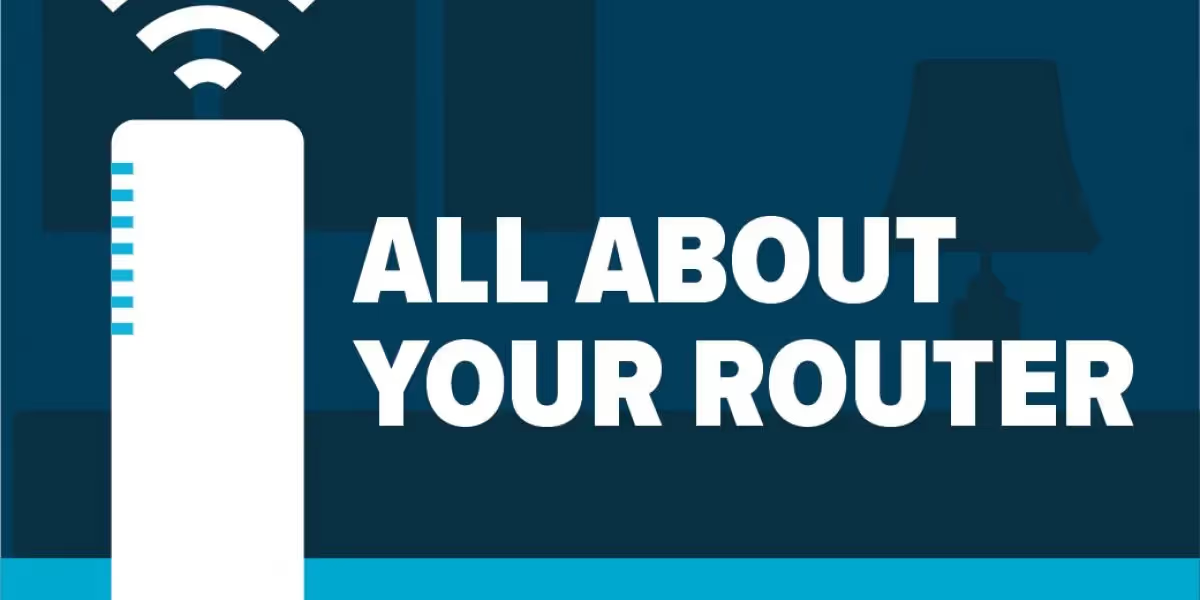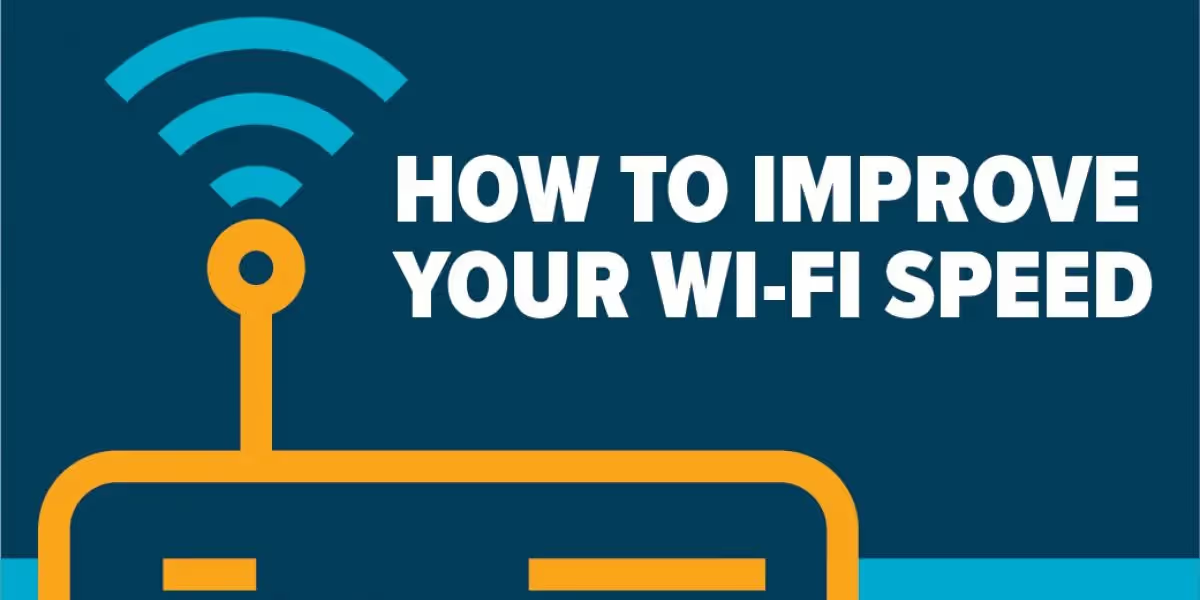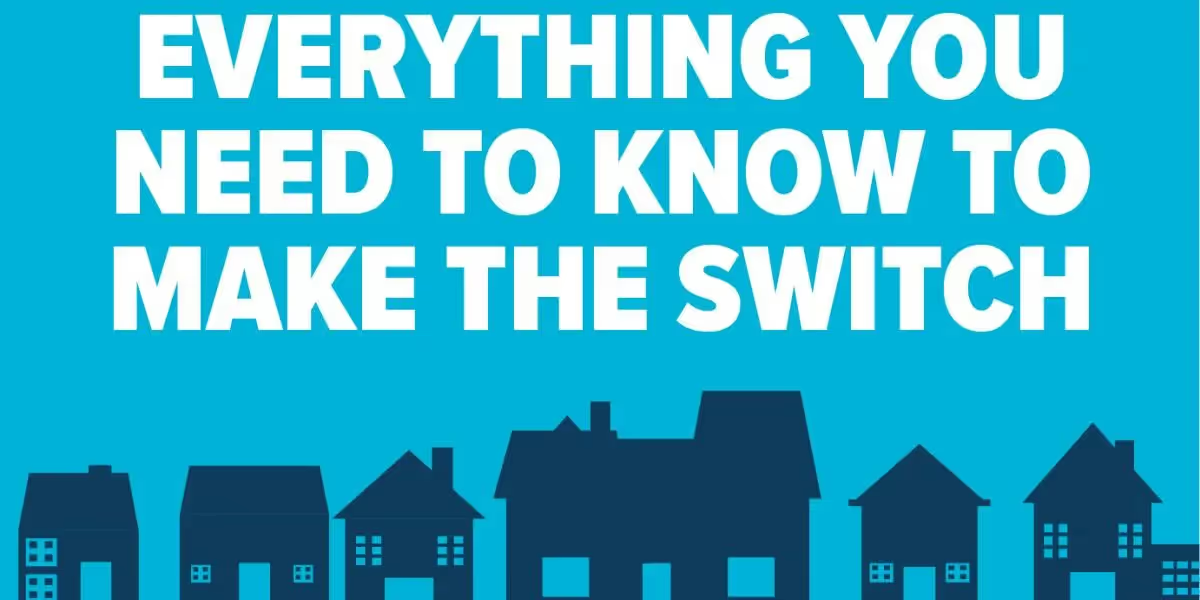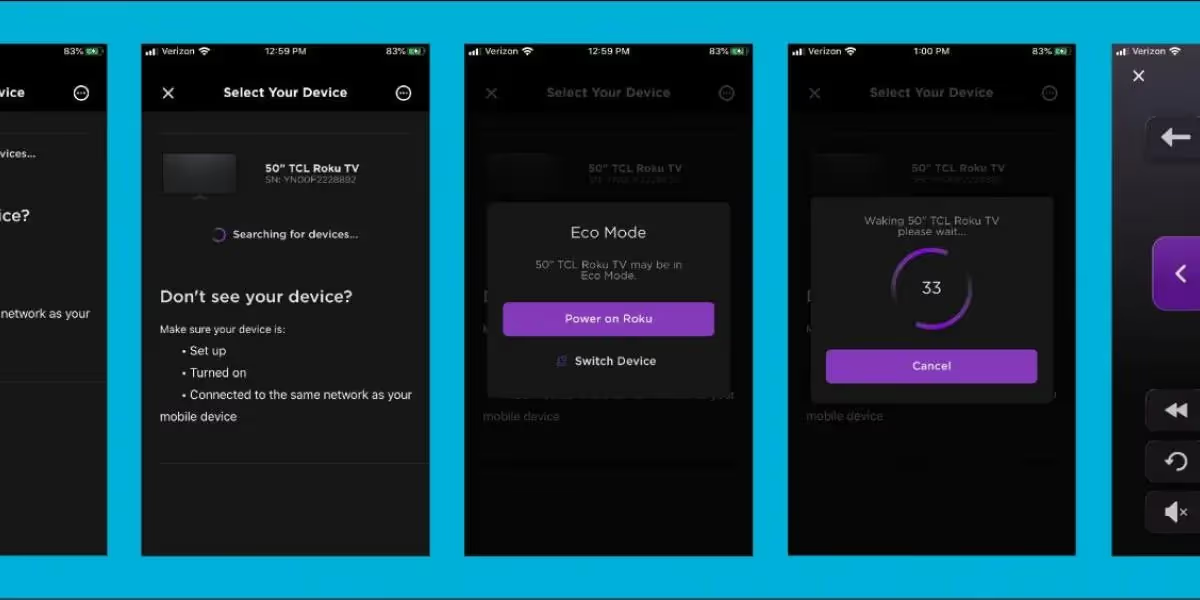Fiber Optics Equals Faster Internet

The technology behind Elevate Internet: Fiber Optics
With 90% of U.S. adults using the internet these days, we think it’s safe to say that fast internet isn’t just a luxury anymore. It’s the modern way of life. But, what really is the internet and what makes it fast—or for some people, so very painfully slow?

The state of Colorado ranks 23 in internet connectivity and it is reported that the average speed for most of us is 40 Mbps. (Yeah, right?! Insert eye roll here.) We all know our area trends even slower, with many reports coming in from real people living right here in this valley that are getting speeds less than 10 Mbps.
So, what’s this all have to do with Elevate? Slow speeds, poor service, and lack of affordability were (and still are for many) the reality of internet service in our communities. That’s why the citizens of Montrose and Delta counties came to DMEA (our parent company) asking for a solution—expand DMEA’s fiber network to the homes and business in the communities and provide high-speed internet that is truly fast, affordable, and reliable. Building a fiber network from the ground up is a pretty cool story, but that’s not what we’re talking about today. So, let’s talk internet and what makes it tick.
What is internet?
By definition, the internet is a global communication network that transmits data. You experience that data as things like this webpage, that Pandora stream you’re listening to, and last night’s Amazon prime splurge. The internet is really a global communication system that includes both the hardware and infrastructure—think data centers, servers, computers, and wires—and hosts what we know today as the world wide web. Internet and world wide web are used so interchangeably today that for most of us they are one and the same.
Definition aside, the internet is now one of the most powerful tools we use to navigate modern life—even in rural places such as Montrose and Delta counties. In fact, according to the Pew Research Center just 15% of people living in rural areas don’t use the internet. That means 85% of us do. EVERY. SINGLE. DAY.
But, if the internet is so important now, why don’t we know more about what makes it tick? Well, we’re here to help.
How do you access this internet?
There are four main ways people in our corner of Western Colorado access the internet:
Fiber optics (fiber internet):
Fiber optic cables are made up of multiple hair-thin strands of glass. Data (aka the world wide web) is transmitted over those glass cables using light. And light travels, well, at the speed of light (that’s about 670,616,629 miles per hour, which means you could go around the Earth 7.5 times in just one second). What’s that mean to you? It means that fiber is the only technology that can offer you the fastest home internet speeds. There are so many pros of fiber, but the most important one is it offers the fastest internet speeds on the market. And if it’s not fast, who cares about the other good stuff? The cons? Fiber is expensive to build so it’s not widely available across the United States. But, Elevate is building out a fiber networkacross Montrose and Delta counties so we can provide access to truly fast internet to all of our communities.
DSL:
DSL is probably the most widely available technology that people use to access the internet. DSL stands for Digital Subscriber Line and all that means is that you’re using a traditional telephone network to access the internet. A DSL connection uses a copper wire, but no, it isn’t dial up. It’s just one step ahead of dial up. If you have DSL internet, you can still make phone calls while using the internet. The cons of DSL are that it’s usually one of the slowest connections you can get and is very sensitive to distance. So, the further you are from where your internet signal is generated, the slower the speeds—rural areas get the short end of the stick once again.
Cable (coax):
Coax cable has also been a dominant technology for telecommunications for more than 100 years, which made it a natural fit when the internet hit the scene. It’s common in small cities, like Montrose, and is considered the typical technology that composes the bulk of the network for most traditional cable companies, like Charter Spectrum. The pro of traditional cable is that it is also relatively widely available. The cons? You guessed it, speed and reliability issues. With this technology you’ll experience frustrations when multiple users get on at the same time as well as experience that “bog down” during times when everyone is online, like the evening hours.
Fixed Wireless:
Fixed wireless uses a signal from a radio tower to transmit the internet to a small dish or antenna on your home. The advantage of a fixed wireless connection is that it is a common technology in the rural countryside because there is no need for poles or wires, so even if no infrastructure like that exists, you might still be able to get service. But, there are some cons. In order to be able to get the internet on a fixed wireless connection, you have to have line of site of a provider’s tower. That’s not always easy in Western Colorado. In addition, wireless services like this also often come along with data caps and overage charges which limits how much you can use the internet.































.avif)

















